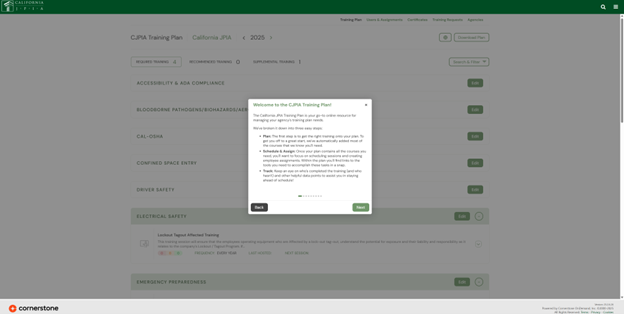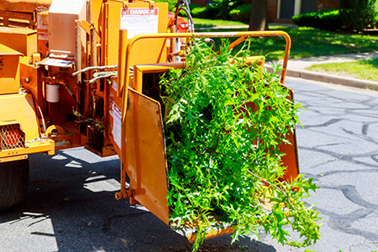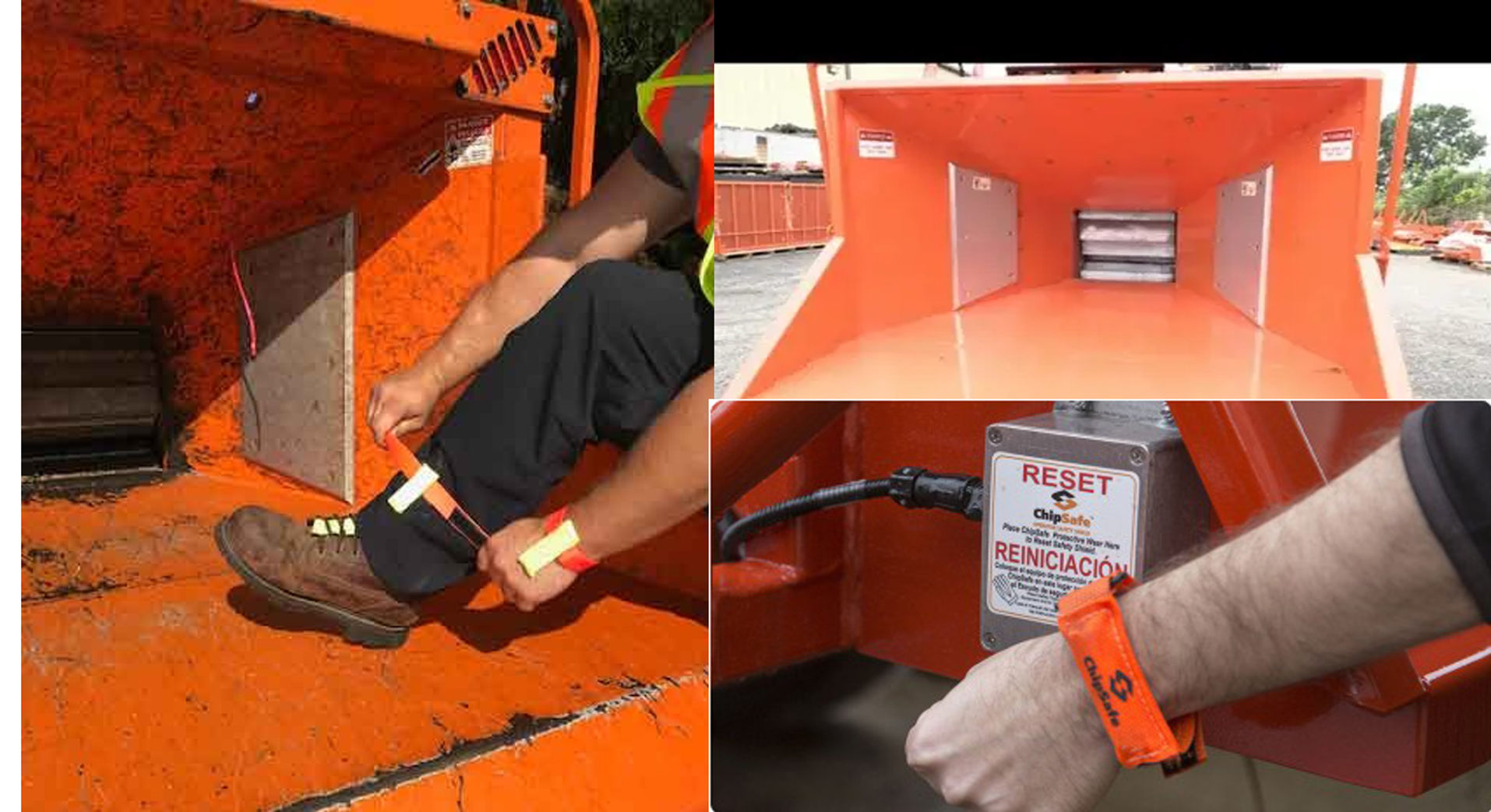Issue 165 - November 2025
NEWS: WORTHY

Registration is Open for the California JPIA’s Public Safety Academy
The California JPIA’s Public Safety Academy will be held from March 10 through 12 at the Zachari Dunes on Mandalay Beach in Oxnard. There is no cost to attend this two-and-a-half-day training, and registration is now open.
Designed for police and fire command staff, the Academy provides a comprehensive overview of best practices for managing risk within public safety departments. Participants will learn practical strategies for risk mitigation, with a focus on strengthening communication with city executives, elected officials, and departmental teams. The Academy also emphasizes the importance of fostering a culture of risk management, equipping attendees with practical tools and resources to support these efforts. Additionally, participants will gain a deeper understanding of how the California JPIA can collaborate with departments to enhance risk management initiatives. Join us to take proactive steps toward safer, more resilient public safety operations.
Covering essential topics such as public safety health and wellness, constitutional policing issues, and legislative updates, the Academy has provided valuable insights for previous attendees. “Overall, an excellent program with a great amount of information and learning,” stated Todd Haroutunian, fire captain with the City of La Verne. “I enjoyed how the topics are forward-thinking/learning,” said Leila Holtzen, code enforcement/animal control officer with the City of Grand Terrace. “Showing how looking at the whole person is important, and leadership is much different than just supervising.” And Donald Aguilar, the City of Santa Paula’s police chief, said, “The best leadership conference I’ve attended in my 37-plus years of law enforcement.”
To register, visit the Academy webpage. For inquiries or further information about upcoming academies, contact Training Coordinator Michelle Aguayo.
Print Article
Stop the Bleed Training Now Available
Stop the Bleed training is now available to California JPIA members. The American College of Surgeons (ACS) Stop the Bleed course teaches participants how to recognize life-threatening bleeding and take immediate, effective action to control it. Through a combination of lecture and hands-on practice, students learn proper bleeding-control techniques, including direct pressure, wound packing, and the use of commercial tourniquets.
In July 2025, the California JPIA, in partnership with OC CPR Training, began integrating Stop the Bleed into all CPR and classes. Since then, more than 700 California JPIA members have completed the training, with that number expected to reach 1,000 by year’s end. Each course is taught by experienced firefighters and military veterans who bring real-world insight to the classroom, enhancing understanding, engagement, and student confidence.
Attendee feedback has been positive, highlighting the course as both highly educational and engaging, with participants noting that they gained valuable new information.
If you are interested in this training, please contact your training registrar to schedule CPR/First Aid training, now combined with Stop the Bleed. For any additional questions, contact the Authority training department.
Print Article
Automated Training Plans
The California JPIA is excited to announce new functionality offered through myJPIA for agency training registrars. Throughout the years, the Authority has offered plans for members who wish to utilize training more strategically.
Yearly, planning meetings are held with the agency training registrar(s) and the Authority’s training team. The member’s educational history and previous year developments are analyzed, and together a plan is developed for the various trainings taking place at the agency throughout the year. Those educational plans are then scheduled with the Authority’s various instructors.
This process is now being enhanced with new, automated training plans within myJPIA. This includes a wizard that helps create an initial schedule. For the 2026 planning cycle, Michelle Aguayo, the Authority’s training coordinator, will meet with an agency’s training registrar(s) to guide them through the process of using the new automated plan feature. This new functionality automatically imports an agency’s training history based on the recurrence of required regulatory compliance education and allows the insertion of other classes into the plan for up to three calendar years.
Any agency training registrars who would like to learn more about this new feature can email Aguayo to schedule a meeting.

RISK SOLUTIONS

Wood Chipper Hazards – California JPIA Provides Funding to Pay for Wood Chipper Safety Shield
Protecting Workers and Preventing Injuries in the Field
Wood chippers are essential tools in landscaping, forestry, and grounds maintenance. While these machines make clearing branches and brush efficient, they can also be extremely hazardous if not operated with caution and respect for safety protocols. Chippers are responsible for serious injuries and deaths resulting from catastrophic amputations and other injuries. These hazards are documented in national injury data: between 1992 and 2002, the Centers for Disease Control and Prevention (CDC) documented 70 occupational fatalities and an estimated 2,042 injuries caused by mobile wood chippers. Between 1996 and 2005, the Occupational Safety and Health Administration (OSHA) documented 29 workplace fatalities caused by wood chippers. And, since 2015, OSHA has recorded at least 19 severe injuries tied to wood chippers, including amputations and head trauma.
The urgency of this issue was reinforced by a recent tragic incident in Menlo Park, California. In October 2022, a 47-year-old worker was fatally injured when he was pulled into a wood chipper. Cal/OSHA’s subsequent investigation resulted in five citations totaling $72,500, citing failures in safety protocol enforcement and equipment safeguards.
Over the years, wood chipper manufacturers have introduced a range of engineering controls designed to enhance operator safety. These include:
- Feed tray extensions
- Rubber curtains in front of the infeed chute
- Feed control bars that stop or reverse feed rollers
- Pressure-sensitive bottom feed stop bars
- Panic bars that stop the hydraulic system that operates the feed rollers
- Emergency pull ropes that allow operators to reverse feed rollers
Despite these improvements, the injury data and Menlo Park case underscore the critical need for enhanced safety measures beyond traditional training and engineering controls.
To protect employees and prevent injuries, the California JPIA is funding the purchase of one Wood Chipper Safety Shield (WCSS) per member (with an approximate value of $5,000–$7,000) on a first-come, first-served basis per fiscal year, until available funds are exhausted. If your agency operates multiple wood chippers, the Authority strongly encourages buying an extra WCSS for each unit. Operating these devices without WCSS safety features is not recommended.

The Authority is partnering with Fullerton-based Wood Chipper Safety Shield LLC for the installations, and each unit includes eight magnetic Velcro bands and safety orientation training, performed on site for Authority members.
The WCSS uses magnetic proximity technology: aluminum sensors in the infeed hopper detect magnets in employees’ wrist and ankle bands, immediately stopping the operation of feed rollers when bands cross the sensors. This technology addresses the primary cause of wood chipper fatalities: operator entanglement in feed mechanisms. The WCSS can be installed on any hydraulic in-feed chipper, new or old.
Understanding Wood Chipper Hazards
Wood chippers pose several risks, including amputations, entanglement, flying debris, hearing damage, and even fatalities. The main hazards stem from:
- Rotating blades: These powerful blades can cause severe cuts or amputations.
- Feeding mechanisms: Workers can be pulled in if clothing, gloves, or body parts get caught.
- Flying chips and debris: High-speed ejection can result in eye injuries or other bodily harm.
- Noise: Prolonged exposure can lead to hearing loss.
- Mechanical failures: Malfunctions may result in unexpected movements or ejections.

Best Safety Practices
- Training and familiarization: Only trained and authorized personnel should operate wood chippers. All operators must understand the manufacturer’s instructions and emergency procedures. Additionally, follow all procedures outlined in the Cal/OSHA Tree Work Safety Guide.
- Safe staffing: Never operate a wood chipper alone.
- Safety gear: Always wear safety glasses or a face shield, hearing protection, gloves, and close-fitting clothing. Avoid loose items or those with hoods and strings that could be snagged.
- Pre-operational checks: Inspect the chipper for mechanical issues before use. Ensure guards and shields are in place.
- Safe feeding techniques: Feed branches into the chipper butt-end first, using long tools or push sticks when possible. Never use your hands or feet to push material.
- Safe distances: Keep bystanders and coworkers at least ten feet away from the machine during operation.
- Proper shut down: Always turn off and disconnect power before clearing jams or performing maintenance.
- Implement safeguards: Install and utilize the WCSS.
Common Mistakes to Avoid
- Wearing jewelry, loose clothing, or long hair untied near the chipper.
- Reaching into the hopper or discharge chute while the machine is running.
- Standing directly in front of the discharge chute, risking impact from flying debris.
- Failing to maintain or inspect the equipment regularly.
- Failure to wear appropriate personal protective equipment.
Wood chippers are valuable but dangerous machines. By understanding the risks, using the proper protective equipment, and following safe operating procedures, workers can greatly reduce the chance of injury. Stay alert, respect the power of the equipment, and prioritize safety every time you work with a wood chipper.
Given the documented frequency of wood chipper injuries, Authority staff recommends prompt participation from members with active wood chipper operations. Early adopters will benefit from priority scheduling for installation.
If you are interested in receiving a WCSS for your agency’s wood chipper, please contact your California JPIA regional risk manager.
Print Article
Resources Update
The following are updates to our resource library, including updates to existing and newly developed resources:
New: Anonymous Reporting Policy & Procedures. This resource was created to outline the procedures for employees to use anonymous reporting systems, like STOPit.
New: Powered Vehicle Guidelines. This resource of guidelines was developed to provide safety procedures and responsibilities for the safe operation of powered vehicles.
Updated: Volunteer Program Guidelines and Handbook. This resource has been completely refreshed to provide guidelines and a customizable handbook template for formalizing a volunteer program.
Resources can be accessed and downloaded via the online library located in the resources section of the Authority’s website. Resources available in Word format are intended for members to customize according to their agency-specific policies and procedures.
If you have any questions, please contact your regional risk manager.
Print ArticlePRO: FILES

California JPIA Welcomes New Liability Program Manager Chris Kustra
The California JPIA is excited to welcome Chris Kustra as its new liability program manager. With two decades of liability claims experience and 13 years of managing the Authority’s liability claims team at Carl Warren & Company, Kustra brings a deep knowledge of the California JPIA and its members to the role.
“I’ve been very fortunate to work with the Authority for so many years,” Kustra said. “I look forward to this new role as an internal resource.”
Kustra graduated from UC Irvine in 2000 and started his career at Mercury Insurance, working his way into their litigation unit, handling auto and general liability claims. After a brief stint at a hedge fund, he joined Carl Warren in 2005 as a claims examiner. Over the course of the next two decades, Kustra progressively advanced within the organization, ultimately becoming the account manager for the California JPIA-dedicated liability claims team within Carl Warren.
As the account manager, he leveraged his technical knowledge of claims and litigation to present cases to the Executive Committee and represent the Authority during members’ council meetings.
“Chris is very focused on his task to successfully manage the Authority’s liability program,” said Chief Operating Officer Paul Zeglovitch. “He was an integral part of the program’s success during his time at Carl Warren & Company, and we are confident he will take the program to the next level as liability program manager.”
His transition from Carl Warren to the California JPIA has been smooth, in part because Kustra continues to work with the same liability claims team he helped build at Carl Warren.
For Kustra, the most rewarding part of his work has been developing the people on the Authority-dedicated liability claims team. “Seeing the growth of the people that I’ve been able to bring to the team has been my favorite part of my career,” he said. “The Authority puts training at the forefront of their risk management programs, but you’ve got to have a highly trained third-party staff to deal with the claims as well.”
His approach emphasizes communication at every level. “I’m all about collaboration, whether it’s with the claims team, with the members, with the lawyers, or with the risk pool,” he said. “If we feel differently about the direction of a case, we’ll get on a call or a Zoom meeting and make sure we all land on the same page.”
Kustra, also brings tactical expertise to his new role. He keeps his finger on the pulse of California’s liability landscape, tracking settlement trends, verdict amounts, and courts’ interpretation of the law. “I’m a very tough negotiator when it comes to the cases that we handle,” he said. “My goal is to keep funding in our member agencies and local communities.”
When Kustra saw an opening at the Authority that aligned with his skillset, he jumped at the opportunity. “Once you get a peek at what excellence really looks like and the ability to serve a range of California public agencies, that’s what you want,” he said. “The Authority staff is a stacked lineup—a bunch of people who are just pros. I’m glad that I’ve got a seat here, serving the members.”
Welcome to the Authority, Chris!
Print Article
California JPIA Welcomes New Administrative Assistant Melane Olmeda
After starting as a communications intern at the California JPIA in July 2024, Melane Olmeda has joined the team full-time as an administrative assistant, bringing six years of experience working with local government to the role.
“From day one, Melane added value to the Authority with her eagerness to learn and make things happen,” said Communications Director Olga Berdial. “Her positive energy and proactive approach inspire everyone she works with. I’m confident she will make significant contributions in her new role serving the IT, risk management, and communications teams.”
“As a public affairs student, I heard nothing but great things about the California JPIA,” Olmeda said. “Being here for the last year really solidified that. Everyone’s always so collaborative and intent on assisting our member agencies.”
Olmeda’s path to the Authority started early. While working toward her associate’s degree, she served as an administrative assistant for a small construction company whose primary client was the City of Los Angeles. This piqued her interest in local government.
After transferring to Cal Poly Pomona, where she earned her undergraduate degree in political science, Olmeda worked in the university’s government and external affairs department, supporting tabling, newsletters, and social media. The role expanded to include preparing one-pagers and conducting legislative research.
Originally, Olmeda planned to pursue a career in law and was accepted into a dual program at USC Sol Price School of Public Policy for a Master of Public Administration and a JD. Then her aptitude for communications pulled her in a different direction.
“During my internship at the Los Angeles Superior Court, I realized how much more interested I was in communications than I was in a law degree,” she said. “Communications taps into my creativity. Transforming complex topics into clear, engaging content showed me the power of strong messaging and design.”
At USC Price, where she earned her master’s in public administration, she interned at the Southern California Association of Governments (SCAG) for nearly two years. At SCAG, Olmeda developed a deep understanding of public agencies. Working in their government and public affairs department, she assisted with committees, drafted reports, and tracked different regional developments for their government affairs officers.
That skillset has directly translated into her ongoing work supporting the Authority’s risk management, IT, and communications teams. “Overseeing and executing projects with various departments has helped me understand the range of work the Authority does to serve our members,” she said. “My goal is to break down layered topics and communicate them clearly and effectively.”
Welcome to the Authority, Melane!
Print Article
